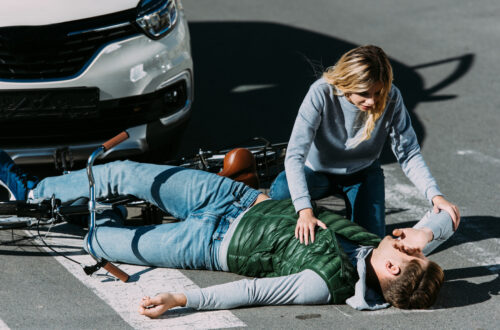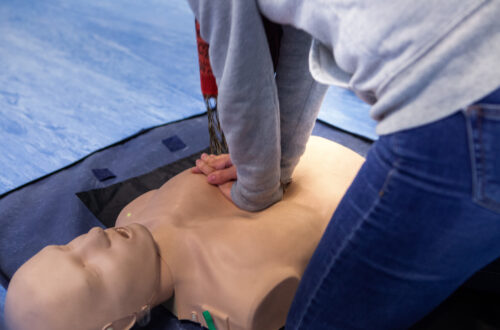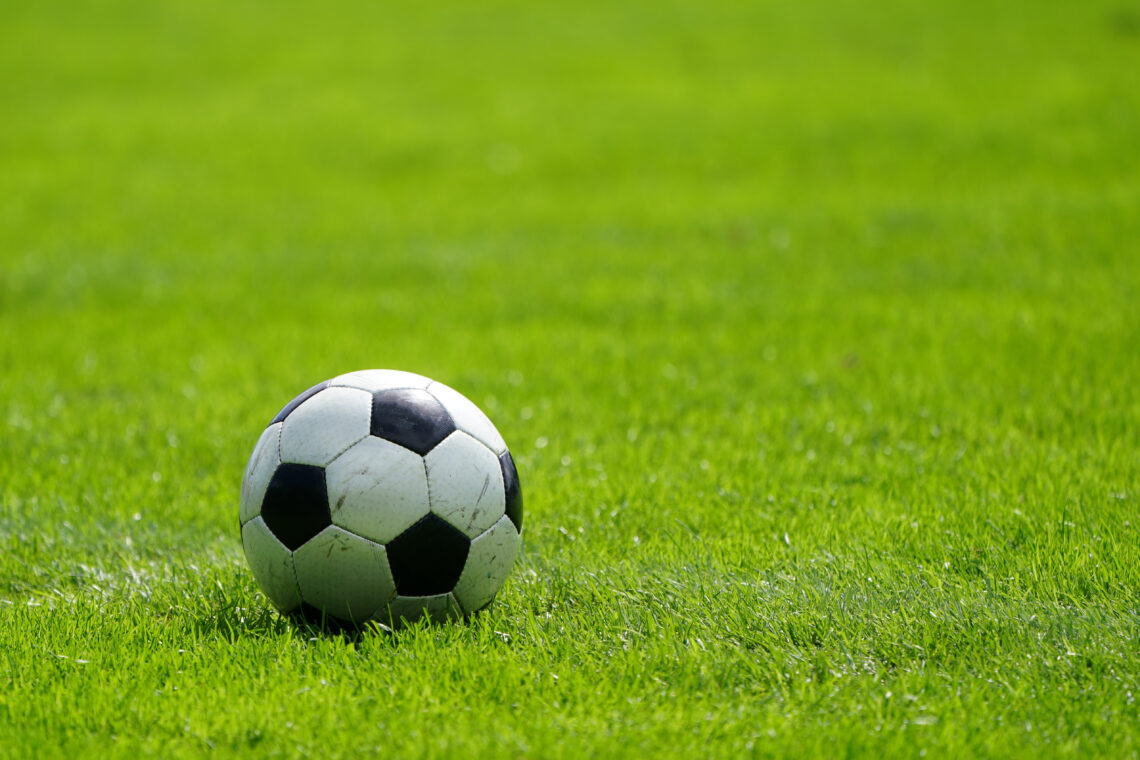
Knee Injuries and Others – Is It Broken?
Well, it had to happen. And after decades on the soccer pitch, it did. I am sure it looked more calamitous to the bystanders watching me galavant down the field for what I was sure to be the winning assist crossing over to my teammate. And yet, fast forward and I lay on the ground with my knee in a very awkward position. So, the immediate thought was did we score? No, in truth, it was: is it a sprain, a strain, or a fracture?
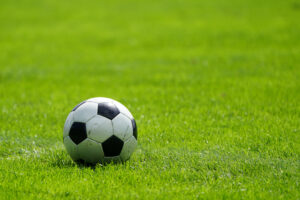 Knee injuries are extremely common. As a weight-bearing hinge joint made up of 4 bones and 4 ligaments, and 2 cushions (called menisci), it can withstand incredible forces, until it doesn’t. As Title IX brought a greater number of women athletes onto the soccer pitch and the basketball court, there was an increased number of women experiencing a knee injury like ACL (anterior cruciate ligament) tears. This is likely due to our lower center of gravity, typically lower muscle mass, and the need to plant and pivot with force that so many sports require.
Knee injuries are extremely common. As a weight-bearing hinge joint made up of 4 bones and 4 ligaments, and 2 cushions (called menisci), it can withstand incredible forces, until it doesn’t. As Title IX brought a greater number of women athletes onto the soccer pitch and the basketball court, there was an increased number of women experiencing a knee injury like ACL (anterior cruciate ligament) tears. This is likely due to our lower center of gravity, typically lower muscle mass, and the need to plant and pivot with force that so many sports require.
So, what should you do after you injure yourself?.
Assess. Regardless of the type of injury, did you hear anything when it happened? “Pop or crunch?” What does the extremity look like? Is it in its natural place? Shape? Does the extremity look blue? Mottled? Are you in pain? Have you lost mobility? Can you bear weight? Did the knee injury come from a direct force like a kick to the shin? Do you have any other injuries? And of course the basic ABCs: Is everything ok? A as in, airway. B as in breathing and C as in circulation.
Next step, stabilize the area. If it’s a joint injury, stabilize above and below the joint to minimize movement of the joint. So, if it’s is a knee injury, apply a splint that travels above and below the joint. And then move the affected individual to a safe place to allow for further assessment.
Next RICE! No, it is not the time for sushi. It is the time to Rest, Ice, Compress, and Elevate.
Rest is taken care of by the splinting the affected area..
Ice can be placed with an effective sealable bag and some Saran Wrap or an ACE Wrap or an adhesive wrap called Coban.
Compression can be effectively achieved by using an ACE wrap or compression dressing like Coban.
Elevate: Then get that extremity elevated above your heart, to minimize swelling at the site.
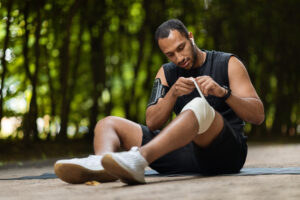
Should you head to the doctor?
That choice is entirely up to you but some things to consider include if you:
- Are in significant pain
- See a deformity
- Cannot use the joint or extremity
If you have your wits about you or a companion with you, call ahead! Can your doctor or the urgent care handle your injury or do they recommend you go elsewhere?
Sprain, strain, fracture…what’s the difference?
We use the term sprain when we are typically talking about a joint with injury to one of the ligaments that support the joint. Ankle, knee, and elbow sprains are extremely common. We use the term strain when we are referring to a muscle or tendon issue like a calf strain. Fracture means a broken bone-that the cortex of bone has been compromised in some way.
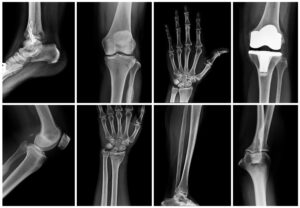
Now, how can each of these be best diagnosed?
Typically, first things first: You need to see if you are dealing with a fracture. X-rays usually show these. Keep in mind, hairline fractures or growth plate injuries in children are rare times where simple x-rays might not show the bone break within the first few days after the injury.
Your healthcare provider might suspect you have an injury to the ligaments or tendons when they examine you. For example, if you have a knee injury, one sign of a ligament injury is if the joint moves in more ways than expected. Or they can suspect the injury if the x-ray shows a lot of swelling of the soft tissues. A bedside ultrasound can also suggest fracture and show soft tissue swelling or fluid within the joint space. However, an MRI (magnetic resonance imaging) or computed tomography (also known as a CAT scan or CT scan) can show the entire joint better, because you can see the bone along with ligaments, bones, meniscus, blood vessels and nerves and more. .
Usually, the MRI and CT are not done the day of the injury though because of the excessive amount of bleeding, swelling, and distortion of the area. This will are to decrease considerably after you’ve rested the joint. Unless you are in the NBA, it can take days/weeks after the injury for an MRI. In some parts of the country, this could take months!
How long should you expect to be out?
It depends upon you, your body, and the extent of the injury. Torn ligaments, tendons, or muscles can’t usually reattach by themselves. (There are rare exceptions to this). Depending on the extent of the injury, your age, your lifestyle, and overall health, your doctor will decide if you need surgery or not.
What can you do to speed up your healing process? Eat well, rest, and follow the guidelines of your treatment team. And most importantly, do your research! Think about how much time you spend researching your next vacation. Be kind to your body and hold the same level of vigilance to your own care. Ask your friends what has worked for them? Who do they trust? Check your state medical board to make sure that your treatment team is in good standing. If you check Yelp or Google reviews, remember that these are usually one-sided opinions. Patient confidentiality issues limits what providers can say to a poor review. There are wonderful resources available on the web though. And, please reach out to us! Send us your questions, concerns and feedback here. Stay healthy!
Disclaimer
The information in this blog is provided as an information and educational resource only. It is not to be used or relied upon for diagnostic or treatment purposes.
The blog does not represent or guarantee that its information is applicable to a specific patient’s care or treatment. The educational content in this blog is not to be interpreted as medical advice from any of the authors or contributors. It is not to be used as a substitute for treatment or advice from a practicing physician or other healthcare professional.


